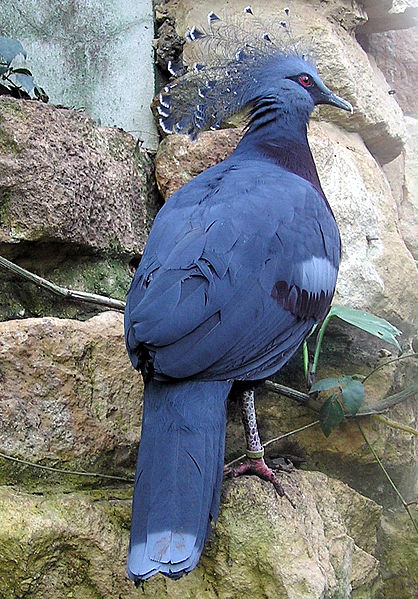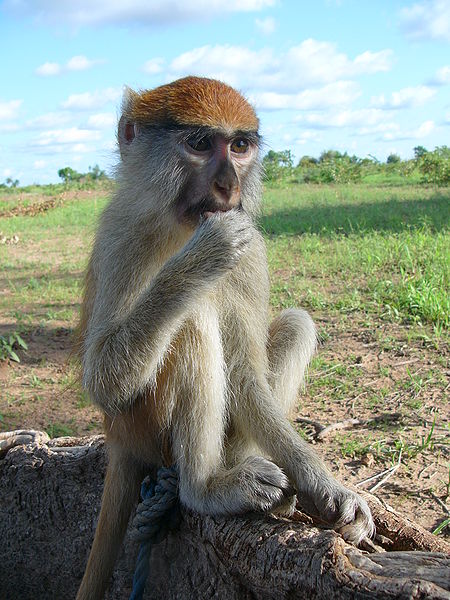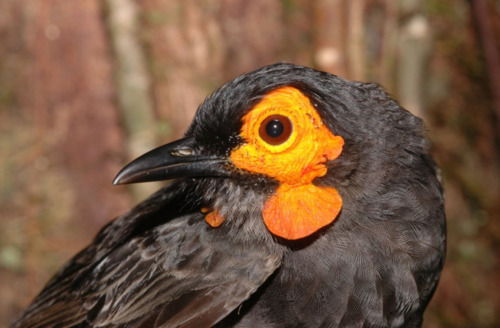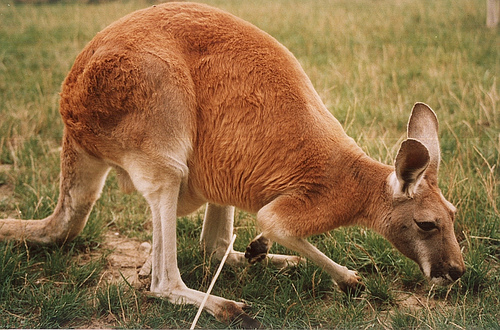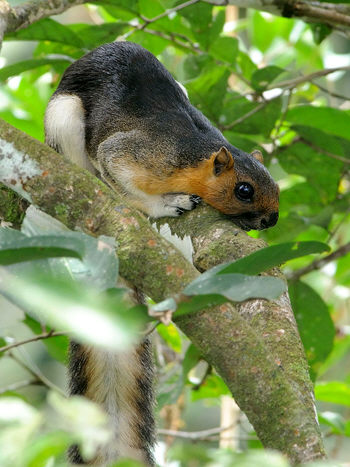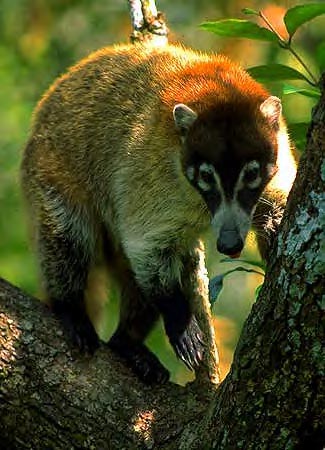Cool Facts about the Victoria Crowned Pigeon
- This beautiful pigeon’s name comes from Queen’s Victoria of England as a commemoration of the former queen
- Victoria Crowned Pigeon is the largest ground-dwelling pigeon in the world weighing up to 3.5 kg (7.7 lb) and reaching 80 cm (31 in) in length
- In the wild, this majestic looking bird can easily be recognized by the deep ‘whooping’ sounds it produces when calling
- Is has a unique ability to produce milk for their youngster, also called ‘crop milk’, with which both parents feed their young in the first few days of life
The Life and Story of a Beautiful Bird
Although they seem too beautiful to sit with only one life partner, the Victoria Crowned pigeon is a monogamous species of bird. Naturally the males use their blue-gray colouring with maroon tones to entice their life-long partner to choose them. If this doesn’t work, they can always rely on what they are most recognized for – its beautifully adorned crest with white tipped feathers and red eyes. If you are looking to catch a glimpse of this stunning pigeon, they will need to hop on the next plane to New Guinea. Okay, you can wait until the one leaving tomorrow but you should hurry as this pigeon may not be around forever.
Beauty that Kills
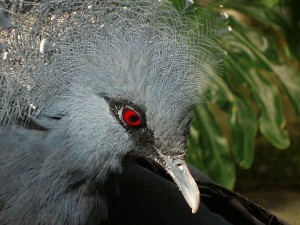 One of the most beautifully adorned species of bird on the face of the Earth, the Victoria Crowned pigeons have dropped in numbers over the past decades as a result of their habitat areas diminishing in size due to logging. Other issues for this beautiful bird include live trapping as some continue to trap these birds down and keep them in captivity, although is now illegal to do so. Why do they want to have a pet pigeon? Mainly because they make an attractive addition to their home.
One of the most beautifully adorned species of bird on the face of the Earth, the Victoria Crowned pigeons have dropped in numbers over the past decades as a result of their habitat areas diminishing in size due to logging. Other issues for this beautiful bird include live trapping as some continue to trap these birds down and keep them in captivity, although is now illegal to do so. Why do they want to have a pet pigeon? Mainly because they make an attractive addition to their home.
Unfortunately the Victoria Crowned Pigeon has been listed on the IUCN Red List of Threatened Species as vulnerable, but this is the harsh reality. As one could say, it’s not that good to be so beautiful because in the end beauty may turn against you and be your biggest enemy. Hopefully, in time, people will understand the true value of nature and will come to praise and respect animals as they should. Until then, let’s hope that these beautiful birds won’t make the first page on the history books of extinct species.

